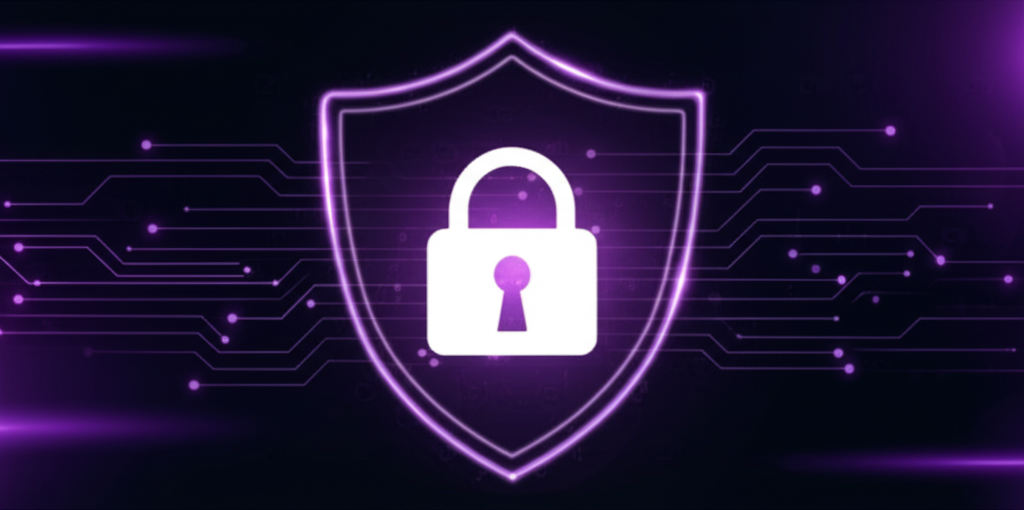Why the 'never trust, always verify' approach is essential for today's distributed workforce and cloud-based infrastructure.
Implementing Zero Trust Security in Modern Organizations Section
In today's rapidly evolving digital landscape, traditional security models based on the concept of "trust but verify" are increasingly inadequate. The Zero Trust security model, founded on the principle of "never trust, always verify," has emerged as a more effective approach for protecting modern organizations with distributed workforces and cloud-based infrastructure.
The Evolution of Security Models
Traditional security models operated on the assumption that everything inside an organization's network could be trusted. This perimeter-based approach created a hard shell around the organization's assets, with the focus on keeping threats outside the network.
However, this model has several critical weaknesses:
- Once an attacker breaches the perimeter, they often have relatively free movement within the network
- It doesn't account for insider threats
- It's incompatible with modern work environments where employees access resources from various locations and devices
- It doesn't adequately protect cloud-based resources that exist outside the traditional network perimeter
"The perimeter is dead, but security is not. Zero Trust gives us a framework to protect what matters most in a world where traditional boundaries no longer exist."
— Tyler Hill, CEO of SecLevelAlpha
Core Principles of Zero Trust
The Zero Trust model, first formulated by Forrester Research in 2010, operates on the principle that organizations should not automatically trust anything inside or outside their perimeters. Instead, they must verify anything and everything trying to connect to their systems before granting access.
Key principles include:
- Verify explicitly: Always authenticate and authorize based on all available data points
- Use least privilege access: Limit user access with Just-In-Time and Just-Enough-Access
- Assume breach: Minimize blast radius and segment access, verify end-to-end encryption, and use analytics to improve defenses
Implementing Zero Trust in Your Organization
At SecLevelAlpha, we've helped numerous organizations transition to a Zero Trust model. Here's a practical roadmap based on our experience:
1. Identify Your Protect Surface
Start by identifying your most critical data, applications, assets, and services (DAAS). This "protect surface" is much smaller than your attack surface and contains your most valuable assets.
2. Map Transaction Flows
Understand how traffic moves across your network. Determine how specific resources interact with other resources on your network, who uses them, and how.
3. Design a Zero Trust Architecture
Build a micro-perimeter around your protect surface using next-generation firewall technology. This creates a segmentation gateway to enforce access controls.
4. Create Zero Trust Policies
Develop policies that determine who can access specific resources. The level of access should be based on:
- Who is accessing the resource?
- What application are they using to access it?
- Where are they connecting from?
- When are they connecting?
- Why are they connecting?
5. Monitor and Maintain
Zero Trust is not a "set it and forget it" solution. Continuously monitor all logs and traffic, looking for suspicious or malicious activity. Use this information to improve your policies and controls.
Real-World Benefits
Organizations that have implemented Zero Trust security have seen significant benefits:
- Reduced breach risk: By limiting lateral movement, even if attackers gain access to one part of the network, they can't easily move to other areas
- Improved visibility: Better understanding of who is accessing what resources and why
- Enhanced compliance: Easier to demonstrate compliance with regulations like GDPR, HIPAA, and PCI DSS
- Better user experience: When implemented correctly, Zero Trust can actually improve user experience by providing the right level of access at the right time
Challenges and Considerations
While the benefits are substantial, implementing Zero Trust is not without challenges:
- Cultural resistance: Employees may resist additional verification steps
- Legacy systems: Older systems may not support modern authentication methods
- Implementation complexity: A comprehensive Zero Trust model requires coordination across multiple security domains
Conclusion
As cyber threats continue to evolve in sophistication and scale, the Zero Trust model provides a more robust security framework for modern organizations. By assuming that threats exist both inside and outside the network, organizations can better protect their critical assets regardless of where their employees work or where their resources are hosted.
At SecLevelAlpha, we believe that Zero Trust is not just a security model but a strategic approach that aligns security with business objectives. By implementing Zero Trust principles, organizations can reduce risk while enabling the flexibility and mobility that today's business environment demands.
If you're interested in learning more about how to implement Zero Trust security in your organization, contact our security team for a consultation.
Tyler Hill
Contributor at SecLevelAlpha



